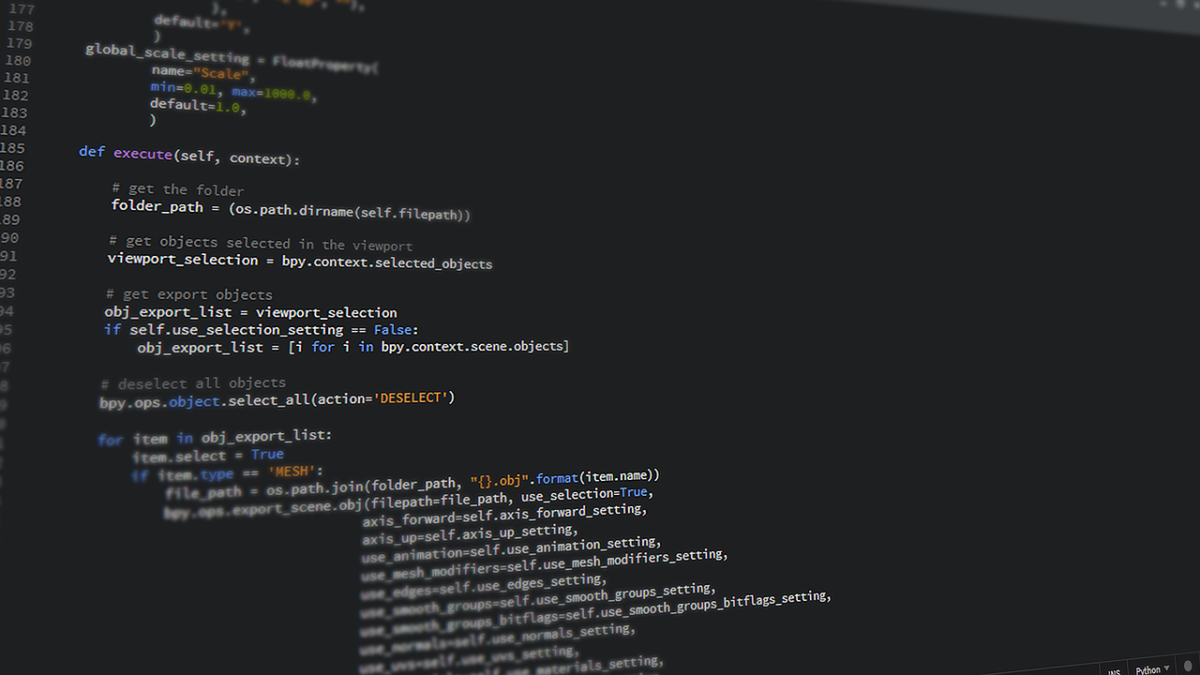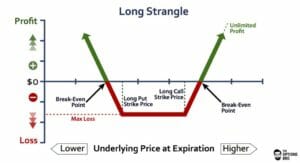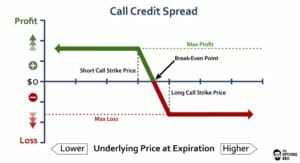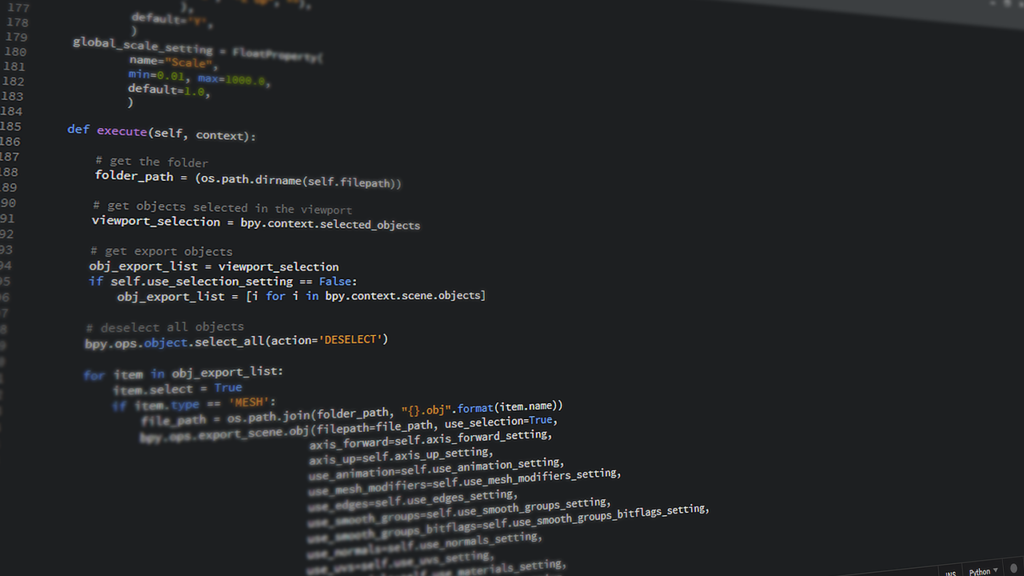Traditional indicators are becoming less profitable in today’s market. That largely is the result of the adoption of algorithmic trading. Algorithmic trading is the complex but profitable process of coding an algorithm to trade for you. This algorithm can be programmed to identify changes in stock prices and will automatically buy and sell securities based on the smartest possible decisions. It’s like hiring a day trader without the potential for emotional human error.
Machine learning is a big part of algorithmic trading. However, machine learning is quite complex and might be difficult to understand, even from the perspective of a seasoned data analyst or day trader.
In this guide, we’ll demystify machine learning in the context of algorithmic trading. We’ll also break down why our machine learning with python course can give you the knowledge and skills needed to start taking full control of your portfolio.
How to Use Machine Learning to Trade Stocks and Options
People don’t realize just how much of the volume on the stock market isn’t actually humans trading. Rather, much of the trading happening now is being performed by algorithms that traders have set up for the best possible returns.
The problem with traditional trading and indicators is that all of the most common and simple trading strategies that were once used by the mostly-human traders in the stock market are completely obsolete. The few people that are still using them make up most of the human beings still operating in the market. Essentially, many traditional indicators are obsolete yet overused.
The Core of Trading: Forecasting
Algo trading isn’t just useful for automating trading practices. It’s also useful for forecasting the market. Specifically, machine learning via algo trading can do the following things:
- Identify when to buy or sell a security. Knowing when to do so all depends on the forecasted price of the security itself.
- Automating the process of using traditional indicators like RSI (Relative Strength Index) that many traditional traders use.
These key indicators are used to forecast the future prices of securities. When done traditionally, they can take up a lot of time and energy. Machine learning automates this process with minimal input from the trader.
If you want to learn how to use machine learning to forecast, our Machine Learning for Trading course can be quite helpful.
Problems with Traditional Trading Indicators
Traditional trading indicators are becoming obsolete, and it’s largely due to the widespread adoption of algorithmic trading with python. Specifically, the investing community Seeking Alpha has noted through research that algo trading is currently dominating 80% of the stock market. That’s a big deal– and old-school traders need to get hip to this new technology.
This also isn’t particularly new information. Profitable trading strategies that are based on simple, traditional indicators have been mostly eliminated by algo trading for the past several decades. Just as well, very simple indicator models just don’t have the capacity to capture very complex forecasting patterns that are common in the market today.
It’s already difficult for individuals to get an edge in trading. Why not implement superior technology and methodologies to get ahead in the market?
Traditional Indicators vs. Machine Learning
To better understand why machine learning in trading is better than following traditional indicators, it helps to identify their differences.
Traditional indicators are very easy to calculate and grasp. However, they offer limited ability to factor in different information and data. They aren’t really based in data science, and they are simply used too much by too many traders to make a difference anymore.
Machine learning, on the other hand, is computationally complex. Machine learning is quite a bit harder to implement and is, thus, more exclusive. By using machine learning, traders have the unlimited ability to factor in varying information and data. To put it simply, machine learning is cutting edge, exclusive, and more profitable.

What is Machine Learning?
Machine learning describes the broad realm of using artificial intelligence and computer science to imitate how human beings learn through software. Machine learning is used everywhere, from the tech world to entertainment to the healthcare industry. It’s also at the core of algorithmic trading.
Machine learning is beneficial in algo trading because it makes it possible to identify patterns and behaviors in market data, and then learn from that data. Traditional algorithms are usually made by strategists and programmers. Machine learning properties eliminate the need for professionals to constantly update algorithms to keep them relevant and beneficial. Rather, machine learning updates the algorithm itself.
It’s clear that machine learning is profitable, but it is very complex. That’s why we recommend taking python for finance courses to really understand the basics of coding with python and machine learning in the context of trading. Python courses that specialize in finance/trading put more power in the hands of traders through knowledge.
Learn More About Machine Learning and Trading with Lumiwealth
At Lumiwealth, we understand the world of trading. We also understand how machine learning is becoming a core part of trading in today’s world. Being able to keep up with new tech is becoming harder, especially for experienced traders who are used to the traditional way of trading. That’s why Lumiwealth is offering machine learning trading courses to help traders take full advantage of what machine learning can offer. Our goal is to contribute to the trading community by providing top-notch machine learning and trading courses and a massive library full of videos and code to help you grasp the technical aspects of machine learning in the context of trading.
In this course, we’ll teach you how to use a variety of machine learning tools, including: Python 3, Pandas, TA- Technical Analysis Python Library, Scikit-learn, Google Colab, Google Cloud Platform, and Google Natural Language Processing. From beginning to end, we’ll cover everything you need to know about setting your tools up, training your model, generating predictions, and analyzing your results.
Lumiwealth offers a few different types of plans to suit your educational needs. Our self-directed plan provides access to our massive collection of instruction videos and sample code, so you can learn and trade at your own pace without any pressure. Our excellent and engaging live classes plan will pair you with an experienced instructor at predetermined times, so you can interact and network with other students in your group as well as your machine learning educator. Our project help/tutoring plan is a much more customized version of our live classes plan, in which you will meet an experienced instructor through video conference software. This way, you’ll be able to grasp concepts easier and begin building your custom portfolio project the correct way.
Our specialized courses will help you learn how to analyze your market investments the smart way with machine learning, make smart decisions using helpful data, and build back-testing strategies that align with your trading needs for the future. We’ll also help you understand how to code and understand machine learning in the context of trading. You might be shocked by how fast you’ll become a machine learning expert!
With all three of our course plans, you’ll be able to view hours of video, work and play with tons of code, access new future videos with lifetime access to the growing course library, and meet other learners in the Lumiwealth Discord community. If you’re ready to get started, take a look at our Machine Learning Course page to learn more about our plans and to sign up. An algorithmic trading course could significantly improve your ability to trade with data science.





